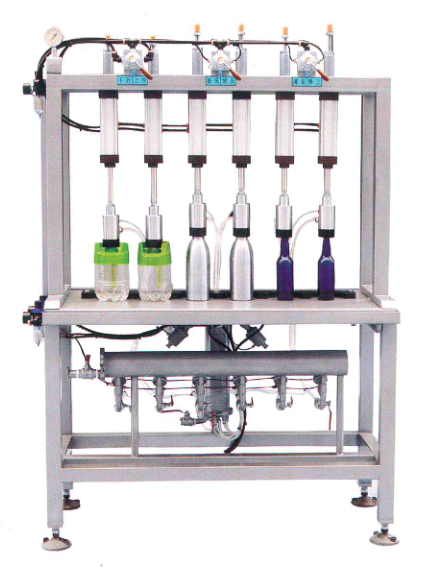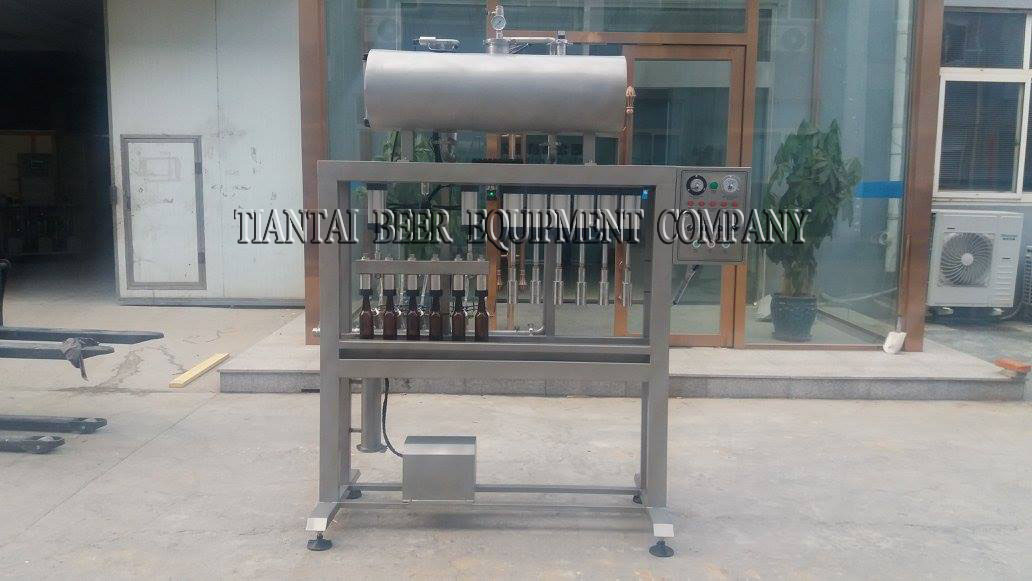Should Beer Be Filtered Before Bottling?

Because there are a number of ways to get clear beer without a filter, Bottle conditioning requires that there be beer yeast in the beer, and Filtration requires additional equipment.
To expand on the second point, most beginning homebrewers bottle their beer. They add a small amount of sugar beforehand so yeast can consume it and naturally carbonate the beer in the bottle. Filtering the beer before bottling would make it impossible to do so.

Use kettle fining agents – One of the things that can be done to reduce sediment and improve clarity in beer is to use Irish moss. It’s typically added during the last 10-15 minutes of the boil to help proteins clump together and settle into a pile. This makes it easier to leave all that stuff behind when racking into the fermenter.
Do a secondary fermentation – As beer ferments, yeast will naturally settle to the bottom of the fermenter. By moving the beer into a secondary fermenter, the brewer can take the beer off the yeast cake and leave behind a lot of that yeast sediment. The longer the secondary fermentation, the more yeast will settle out of suspension.Shop Home Brew Starter Kit
Use finings in the fermenter – Adding gelatin, isinglass, or another fining agent to the secondary fermenter can accelerate the settling process. The gelatin and isinglass act by forming charged particles which attach themselves to yeast and protein in the beer.
Doing all of the above will ensure minimal sediment in the bottle. It is also important to note that it will usually cause the beer to take longer to bottle condition or carbonate. Instead of 1 week, it might take 2 or 3 to fully bottle condition. Regardless, I would recommend trying these methods before going the filtration route. Here are some more tips for making a clearer beer.
.jpg)
Shop Irish MossFinally, it should also be noted that in some styles of beer, especially the hefeweizen and cask ales, the beer should not be filtered at all to conform to style.
That’s basically it. Filtering a beer before bottling is a no-no. Filtering a beer before kegging is fine but not completely necessary. If you are bottling beer and concerned about have a cloudy beer, try beer finings, first.
Edited by Amy
Sales manager
[email protected]


.jpg)



Get In Touch